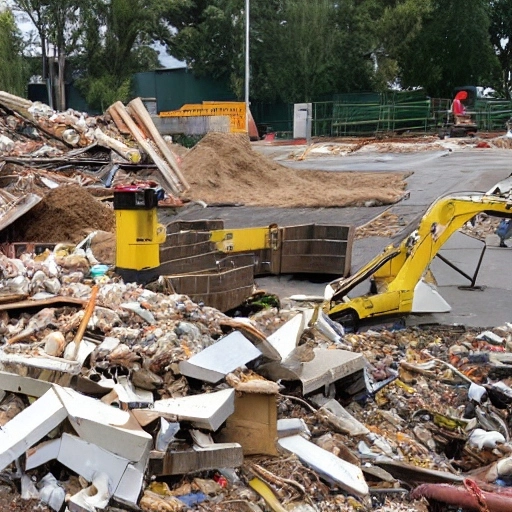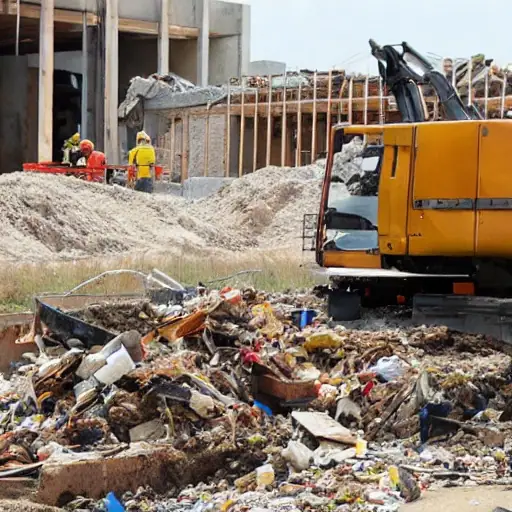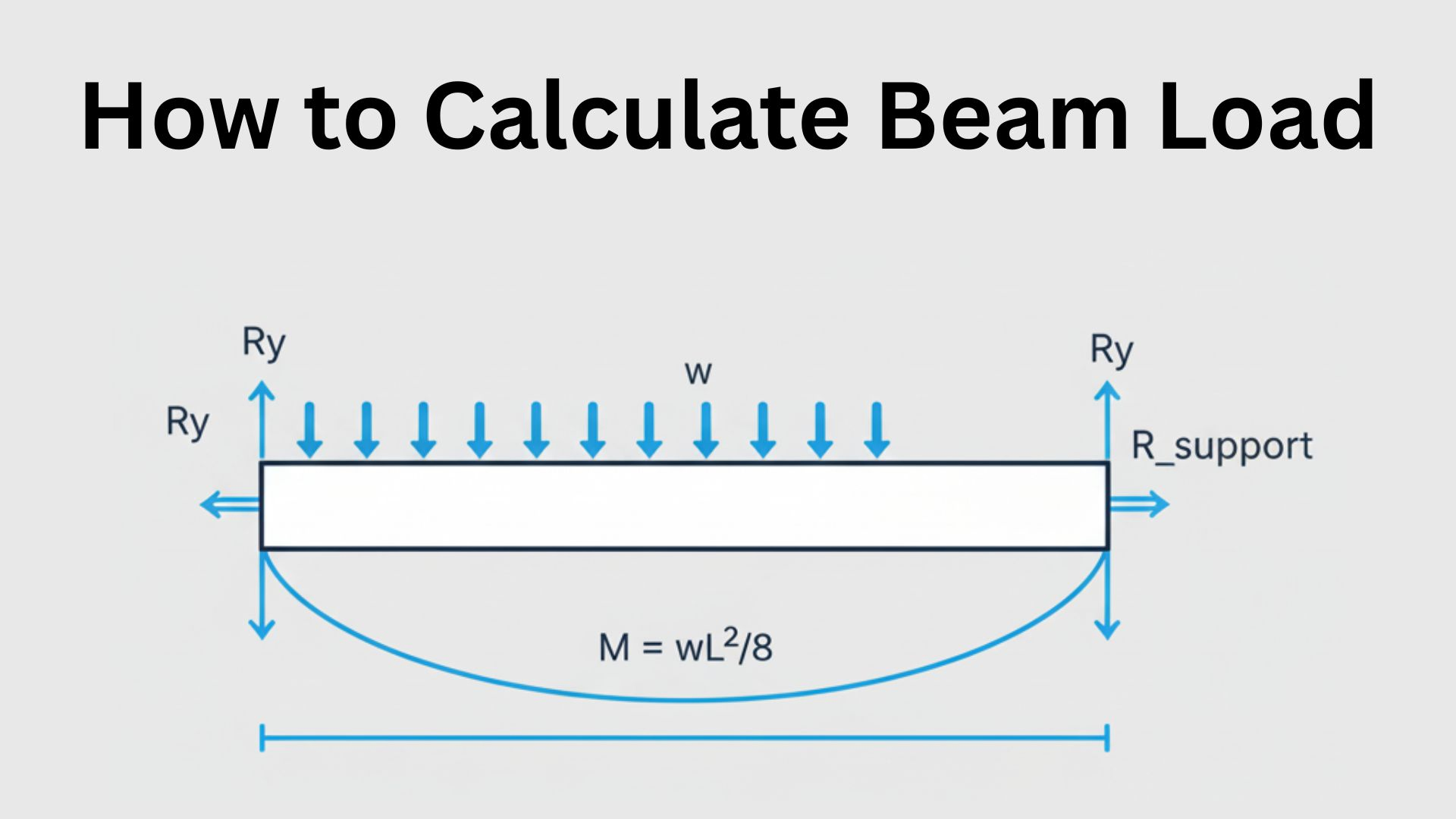Photo by Barthelemy de Mazenod on Unsplash
Construction is one of the most wasteful sectors in the world. It has a high rate of wastage, which is mainly due to human error.
Construction waste is a growing problem in the United States. Every year, millions of tons of construction waste are generated.
This waste includes everything from unused building materials to demolition debris.
This not only has a negative impact on the environment, but it also costs businesses and homeowners a lot of money.
While some construction waste can be recycled or reused, much of it ends up in landfills. Construction and demolition debris made up almost 30% of the material disposed of in U.S landfills in 2015, according to the EPA.
To reduce the cost of construction the best option is Minimize Wastage in Construction.
Minimizing Wastage in Construction can be achieved by proper planning, Quality control, and recycling construction waste properly.
Construction companies need to take steps to minimize wastage and save money.
To Minimize Wastage in Construction we have to adopt new techniques and technologies. Also, we have to use new and smart construction materials to reduce the time taken to construction, to reduce wastage and ultimately to save money.
In this blog post we are going to discuss about How to Minimize Wastage in Construction and save money?
So, let’s start….
Construction waste: what is it and where does it come from?

Types of construction waste
Construction waste is generally classified as either inert or non-inert waste. Inert wastes are materials that cannot be broken down or decomposed, such as concrete, stone, and soil. Non-inert wastes are materials that can be broken down or decomposed, such as wood, paper, and metal.
The vast majority of construction waste is non-inert, which means it can be recycled or reused. Recycling construction waste is a great way to reduce the amount of waste that ends up in landfills.
Sources of construction waste
The main sources of construction waste are demolition activities, renovation activities, and new construction.
Demolition activities generate the largest amount of construction waste because they involve the tearing down of existing structures.
Renovation activities generate a smaller amount of construction waste because they typically involve the reuse or repurposing of existing materials.
New construction generates the least amount of construction waste because all materials are new and have not been used before.
Why should we avoid construction waste?
Environmental impact of construction waste
Construction waste has a significant impact on the environment. The most obvious environmental impact is the amount of waste that is sent to landfill sites. This not only takes up valuable space but also releases harmful greenhouse gases into the atmosphere.
In addition, the production of construction materials often uses energy and water, which can have a negative impact on the environment.
For example, the production of cement (one of the most common construction materials) uses a lot of energy and produces a lot of carbon dioxide, one of the main greenhouse gases responsible for climate change.
Economic impact of construction waste
As well as having an environmental impact, construction waste also has an economic impact.
The cost of disposing of construction waste can be expensive, and this cost is passed on to businesses and consumers in the form of higher prices for goods and services.
In addition, businesses often have to pay for specialized equipment and staff training to deal with construction waste, which raises their costs and affects their bottom line.
Finally, construction companies that produce large amounts of waste may find it difficult to obtain insurance cover or finance from banks.
How to Minimize Wastage in Construction.
The Importance of Planning
An important first step in minimizing construction waste is careful planning. By thoughtfully considering the materials, layout, and construction methods you use, you can often avoid creating waste in the first place. For example, using prefabricated components or modular construction can minimize on-site cut-offs and excess material.
On-Site Organization
Another way to reduce waste is to keep your worksite clean and organized. This will not only help you avoid losing or damaging materials, but it will also make it easier to reuse or recycle them later on. Establishing a central storage area for construction materials can also help reduce waste by preventing damage and loss.
Quality Control
Closely inspecting materials as they are delivered to your site can help you avoid accepting damaged or defective items that would otherwise need to be scrapped or replaced. In addition, properly maintaining tools and equipment can extend their useful lifespan and prevent them from becoming waste prematurely.
Diversion from landfills
Diverting waste from landfills is another key strategy for reducing the environmental impact of construction projects. Construction and demolition debris made up almost 30% of the material disposed of in U.S landfills in 2015 according to the EPA. To divert waste from landfills, consider recycling or reusing materials whenever possible.
Tips for recycling construction waste
There are many ways to recycle construction waste. Common recyclable materials include concrete, metal, wood, and brick. To find out how to recycle these and other materials in your area, contact your local solid waste management district or department of public works.
The Right Tools for Minimize Wastage in Construction.
Using The Appropriate Equipment Means Less Waste
Construction workers are often able to avoid wasting materials simply by using the right tools for the job.
For example, a worker who is cutting metal pipes on-site can use a pipe cutter rather than an abrasive saw, which would create more waste.
Likewise, a worker who is breaking up concrete can use a hydraulic breaker rather than a sledgehammer, which would create more dust and debris.
By using the right tools, construction workers can avoid creating unnecessary waste.
In addition to using the right tools, construction workers can also avoid wasting materials by using proper techniques.
For example, when pouring concrete, workers should vibrate the forms to remove air pockets and voids. This will result in a stronger finished product with less waste.
Similarly, when cutting metal pipes, workers should use a “snake bite” cut rather than a “fish mouth” cut; this will result in less wasted material.
By using proper techniques, construction workers can further minimize wastage on-site.
Saving money with construction waste management.

Construction waste disposal costs
Construction waste disposal costs can be high, depending on the amount and type of waste you have, as well as the distance to the nearest landfill or recycling center.
For example, it cost an estimated $52 million to dispose of construction and demolition debris generated by Hurricane Katrina in 2005.
Fortunately, there are ways to reduce construction waste disposal costs. One way is to recycle or donate materials whenever possible.
For example, construction companies can donate leftover materials to local schools or nonprofits.
Another way to reduce costs is to reuse materials when possible. For example, construction companies can use leftover lumber to build temporary fences or walls.
Construction waste recycling costs
Recycling construction waste can save money and resources, but it may not always be the most cost-effective option. For example, recycled concrete is often used as aggregate in new concrete, but transporting it can be expensive.
The cost of recycling construction waste depends on a number of factors, including the type of waste, the distance it needs to be transported, and the market for recycled materials.
In some cases, it may be cheaper to landfill construction waste than to recycle it.
How to save money on construction waste disposal and recycling
There are a number of ways to save money on construction waste disposal and recycling:
1. Reduce the amount of waste you generate by planning ahead and being efficient with materials;
2. Reuse or sell or donate materials whenever possible.
3. Recycle common construction materials such as concrete, wood, metal, and drywall.
4. Haul waste to a landfill or recycling center yourself to avoid disposal fees.
5. Look for government incentives or programs that can offset the cost of recycling or disposing of construction Waste.
The best way to avoid disposal fees is to haul the waste yourself to a landfill or recycling center.
However, this may not always be possible.
Another option is to look for government incentives or programs that can offset the cost of recycling or disposing of construction waste.
The benefits of Minimizing Wastage in Construction.
The financial benefits of reducing construction waste
It is no secret that construction projects can be expensive. The cost of materials, labor, and equipment can add up quickly.
One way to save money on a construction project is to reduce the amount of waste that is produced. By reducing the amount of waste, you will also be reducing the disposal costs associated with the project.
In some cases, recycling construction waste can also save you money by providing a source of raw materials that can be used in future projects.
The environmental benefits of reducing construction waste
In addition to saving money, reducing construction waste can also have a positive impact on the environment.
Construction waste often ends up in landfills where it can take centuries to break down.
This not only takes up valuable space but also releases harmful greenhouse gases into the atmosphere as it decomposes.
Reducing the amount of construction waste produced helps to reduce our reliance on landfills and reduces the negative environmental impact of construction projects.
The social benefits of reducing construction waste
Aside from the financial and environmental benefits, there are also social benefits associated with reducing construction waste.
When we produce less waste, we are using fewer resources which leaves more for future generations.
Additionally, by recycling construction materials we are giving them a second life instead of simply discarding them as garbage.
This helps to create a more sustainable society and reduces our overall impact on the environment.
Tips for a more sustainable construction site.
Construction equipment
As construction sites strive to become more sustainable, the use of energy-efficient construction equipment is on the rise.
One example is electric excavators, which are powered by batteries and emit zero emissions.
While the upfront cost of electric excavators may be higher than traditional gas-powered models, they can save money in the long run by reducing fuel costs and maintenance expenses.
Another way to reduce the environmental impact of construction equipment is to purchase used or rented machinery instead of new.
Used equipment still has plenty of life left and doesn’t require the same number of resources to produce as new machines.
Renting equipment is also a good option for projects that don’t require full-time use of a machine. It’s often more cost-effective than buying or leasing something that will sit idle most of the time.
Building materials
When it comes to sustainable building materials, there are many options available that can help minimize waste and reduce environmental impact.
For example, recycled steel is an excellent structural material that can be used in place of virgin steel in many applications.
Recycled steel requires less energy to produce than new steel, and it doesn’t generate pollution during manufacturing.
Another sustainable building material is bamboo.
Bamboo grows rapidly and doesn’t require pesticides or fertilizers, making it an environmentally friendly option for construction projects.
Bamboo can be used for a variety of purposes, including flooring, cabinetry, and furniture.
Waste disposal
Construction sites generate a lot of waste, so it’s important to have a plan for disposing of it properly.
The best way to do this is to recycle or reuse as much waste as possible.
For example,
1. concrete can be crushed and used as fill material or road base.
2. Wood scraps can be used as mulch or animal bedding.
3. metal can be recycled.
4. Glass can be crushed and used as an aggregate in concrete projects.
Some construction waste can’t be recycled or reused, so it must be disposed of in a landfill.
However, there are ways to minimize the amount of waste sent to landfills.
For example, construction companies can donate usable materials like lumber, appliances, and cabinets to charitable organizations.
And when demolition work generates large amounts of debris, some companies choose to incinerate it instead of sending it to a landfill.
This process generates energy that can be used on site, reducing the need for electricity from power plants.
Conclusion
Construction waste reduction is a topic that is gaining more and more attention as the costs of waste disposal continue to rise.
Construction waste is a huge problem that costs businesses and people billions of dollars every year.
There are many ways to reduce construction waste, and the benefits of doing so are significant.
By following some simple tips, businesses can save money on disposal and recycling costs, as well as reducing their environmental impact.
In conclusion, there are many ways to make construction sites more sustainable by minimizing wastefulness.
Using energy-efficient construction equipment, recycling building materials, and proper disposal methods helps protect the environment while saving money.


